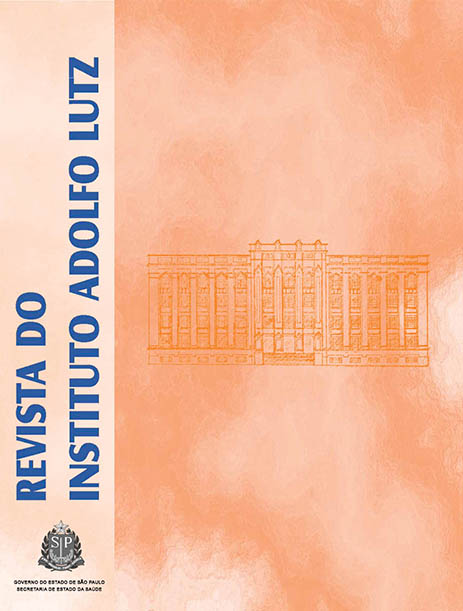Abstract
During the last 9 years (2000-2009) we have studied the ecoepidemiology of Leishmania spp. in natural forested areas in São Paulo State, Brazil by the capture and release of small wild mammal, with dogs and phlebotomines. Each wild mammal were examinated by one or more of the following methods: clinical observations, direct examination of smears or imprints of aspirates and biopsies, rk39 antibody in whole blood, skin test with antigen of L. braziliensis, inoculation in vivo and in vitro and DNA extraction for molecular tests. After the tissue samples were taken the animals were marked on their ears and released at their capture site. At each recapture all the tests were repeated. Phlebotomines were also collected in the same places and in chicken hen by Shannon trap, Disney trap, Falcão modified light trap, Castro aspirator, paper greased with liquid vaselin. Of a total of 2,714 small mammals 2,048 were recaptures. Parasitaemias were not constant and in some animals infections parasites were not found when they were re-examined. Pr. Iheringi and Ph.opossum were captured from 2 to 35 different times in Ilhabela and one specimen of Philander opossum was recaptured 79 months after the first capture. In Itupeva one specimem of Didelphis albiventris was recaptured 15 times and another specimem of D. albiventris was recaptured 35 months after the capture. L. (V.) braziliensis was identified in 2 P. iheringi from Ilhabela; 1 N. squamipes, 1 Lutreolina crassicaudata and 1 D. marsupialis from Itupeva; L. (Leishmania) amazonensis in 4 P. iheringi from Ilhabela and, L.(L.)i. chagasi in 1 Akodon sp. and 2 D. marsupialis from Itupeva; Leishmania sp was identified in 2 D. albiventris, 4 Akodon sp from Itupeva and in 4 Proechimys iheringi from 11 Ilhabela. The recapture results indicate that the circulation and dissemination of Leishmania is intimately linked to animal territories. Proechimys iheringi, Philander opossum, Didelphis aurita, Didelphis albiventris e Akodon sp were the most abundant species in those areas, all of them related to enzootic cycle of Leishmania spp. In some areas it were possible to determine concomitant cycles of two or even three species. Infection of different wild animals in areas without human or canine infection says on behalf of presence and perpetuation of circulation cycles of parasite. Ny. intermedia e Mg. migonei were the predominant phlebotomines in Ilhabela, as much in forest environment as in the chicken hen with 93.81per cent of the total collected.In Itupeva, Ny neivai (33.06per cent ), Ny. whitmani (24,06per cent ) and Lu longipalpis (20,62per cent ) were the most abundant species. The presence of Lu. Longipalpis requires concern due its role as Leishmania infantum chagasi. In this region was described a enzootic cycle of this parasite.
This work is licensed under a Creative Commons Attribution 4.0 International License.
Copyright (c) 2011 Instituto Adolfo Lutz Journal
Downloads
Download data is not yet available.
